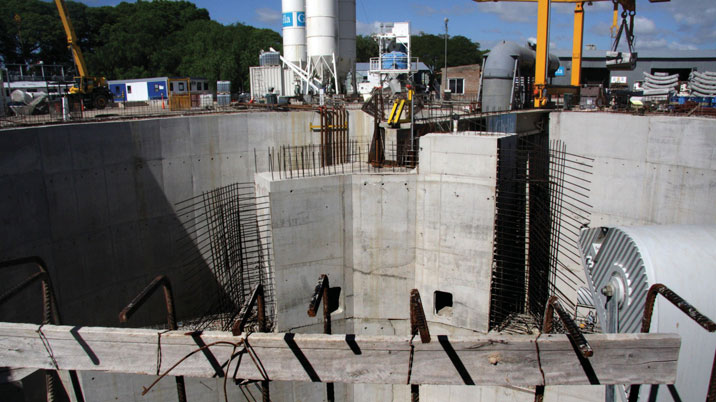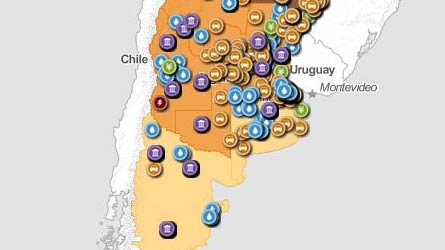CHALLENGE
Flooding is a regular occurrence in Buenos Aires, reducing the quality of life, causing damage to property, and posing public health risks. Due to the combined effects of modified precipitation patterns, hydrological consequences of urbaniza- tion, and the volume of solid waste in the streets, the city’s drainage capacity has not kept up with its growth.
The resulting costs are especially severe as Buenos Aires is a significant engine for growth in the country. Among the several drainage basins in the city, flood recurrence has historically been especially problematic in the area around the former Maldonado Creek, which covers a central area of the city and is home to one third of the city’s population. In 2004, the Maldonado basin overflowed almost annually, clogging the city’s drainage system and causing flooding at significant cost both to its inhabitants and to commuters.
SOLUTION
The Urban Flood Prevention and Drainage Project increased the city’s resilience to flooding through an integrated approach combining structural and non-structural measures. The project financed the construction of two critical drainage tunnels to improve the functioning of the Maldonado Basin drainage system.
The quality of the Bank’s technical support, the appointment of an independent panel of experts, and the contracting of a technical supervisor contributed greatly to the technical quality of these complex works. The project provided the city Government with a toolkit of vulnerability and risk analysis mechanisms to enable the design of an integrated flood management program for the wider city.

